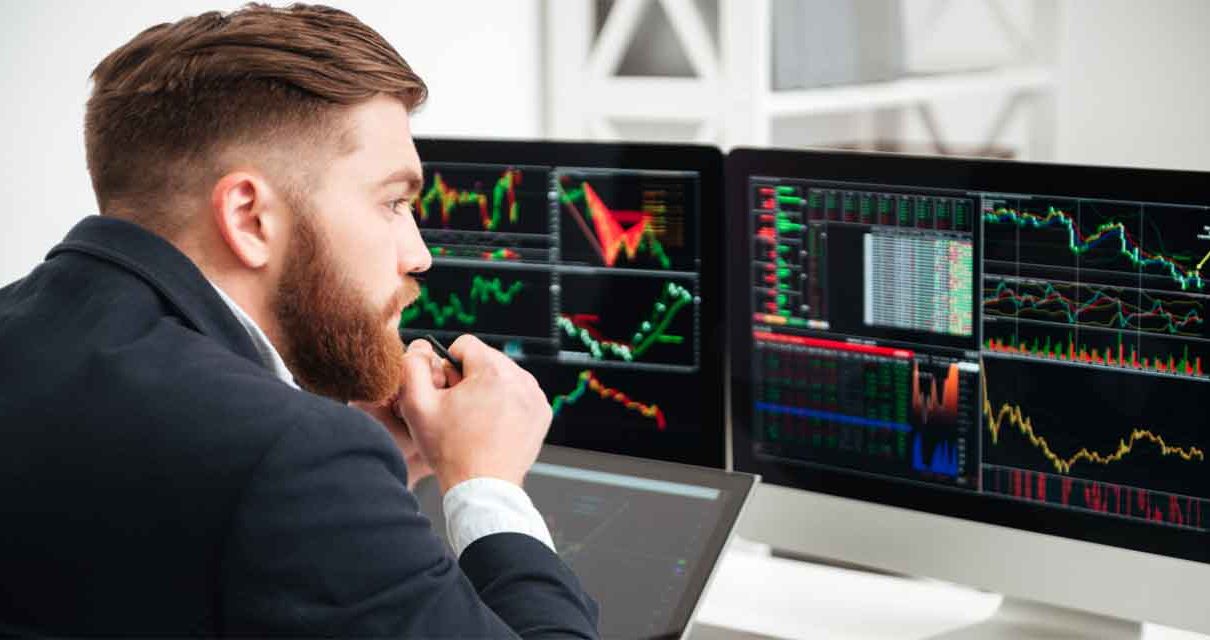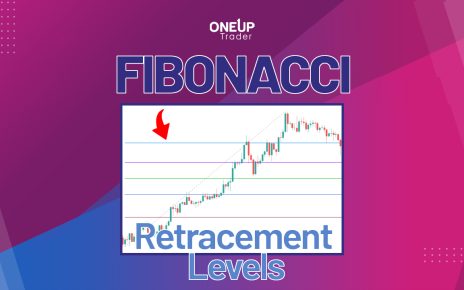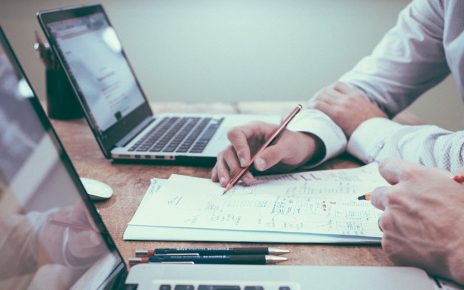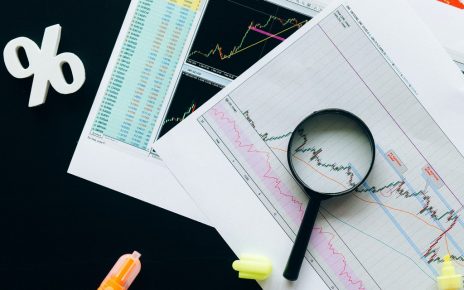Buying and selling the same asset, the same currency pair, the same contracts every day is what turns you into a day trader. You take advantage of intra-day price action aimed to make profits.
Futures and spot forex offer the needed volatility almost every day, and with considerable leverage, you can increase the odds of more significant returns and also, larger losses.
Let’s talk about the differences between forex vs futures, what you should know when it comes to trading futures or investing in the foreign exchange market. What’s better for you? Keep reading.
Forex and pips
In the foreign exchange market, you go long and short in currencies. You trade only one currency for another. Probably most pairs you will trade include the U.S. dollar. Also, you can trade what are called “crosses” and “exotic” pairs.
Crosses are currency pairs that do not include the greenback. An exotic forex pair includes developing countries’ currencies and some European countries that are not traded with significant volume. An exotic pair usually offers more volatility but at the same time, less liquidity and a larger spread.
The moves in the forex market are measured in pips. When you trade forex, the most popular “major” is EUR/USD. If it moves from 1.2010 to 1.2020, it is said it rose ten pips. Normally a pip is the last decimal of the price quoted. Among the most traded crosses, you can find EUR/JPY or EUR/GBP.
Now, a spread in a major currency pair can be like at most two pips, while crosses no less than two (conditions may vary during the day). The lower the spread, the less you will need for the pair to travel in your direction to get you into profit territory.
Futures, ticks and points
Other popular instruments for day trading are futures. Futures contracts are derivative products that follow the price of an underlying instrument. It is used mostly to trade commodities, stock indices and bonds. They are contracts to sell or purchase a certain asset on a specific date.
A day trader does not use futures to manage risk, as an agricultural producer would do in order to mitigate the impact of price fluctuation. A day trader uses price fluctuation to sell and buy contracts speculating on the future price of the underlying asset.
Futures are usually divided into energy (like crude oil); metals (gold and silver are the most traded), agricultural (coffee, soybean, corn, sugar and more), stock indices (S&P 500 E-MINI is the most famous), interest rates and also futures on currencies (not as liquid as the regular fx market).
What in the forex trading are pips, in the futures market are points and ticks. The minimum price change in futures contracts is known as a tick. The size of one tick depends on the instrument and the exchange where it is traded.
When trading futures, a one-point variation is the smallest price change possible on the left side of the decimal place. If the Dow Jones rises from 25,000 to 25,100, it gained 100 points.
Liquidity and trading hours: FX wins but not by much
Being the largest financial market in the world offers some benefits to the forex market. One is liquidity. The other is that it is practically always open.
Liquidity and trading hours open the door to forex traders to negotiate practically every hour of the day from anywhere in the world. A trader needs to find the market that best suits his or her trading profile. When doing day trading, if you close your trades every day, you can sleep better and enjoy the weekends, not being on alert when the market opens on Sunday around 21GMT.
You have to consider that trading in hours of low volume, like between the American and the Asian session, exposes you to higher spreads. The combination of higher spreads and less volatility makes it difficult to profit if most prices are moving sideways.
The fact that you can be trading all day, or at least have some price action most of the time, does not mean you should trade at any time of the day. You need to find an equilibrium, the best sessions that fit you to trade, the assets, and, therefore, establish a time range.
There is no best time to trade. It is relative and depends on your trading style and what you do every day.
Pros of spot forex
- The largest financial market in the world
- Liquidity like no other market
- Accessibility
- Sizable leverage allows major profits
- No central exchange
- You can try demo accounts
- Trading hours: 24 hours market
- Rapid execution
Cons of spot forex:
- Lighter regulatory protection
- Counterparty risk: there is no clearinghouse or exchange to vouch for transactions
- Extreme leverage can lead to losing all capital quickly
- Extreme volatility at certain times
- Only currencies, brokers usually support on average 50 pairs.
Advantages of trading futures:
- Liquid market
- Efficient market compared to other trading markets
- Possibility of leverage to increase gains
- Possibility to trade different kinds of assets, from interest rates to commodities
- You can try in demo accounts
- Trading hours: 23 hours per day
Disadvantages of futures:
- Needs previous learning about rollovers, costs and fee structure
- Leverage increases the risk of losing a substantial amount of money
- Slippage can severely undermine profitability in less liquid crosses
- As the expiration date approaches the contract loses attractiveness
Discover your funded trading accounts options!
What about forex futures?
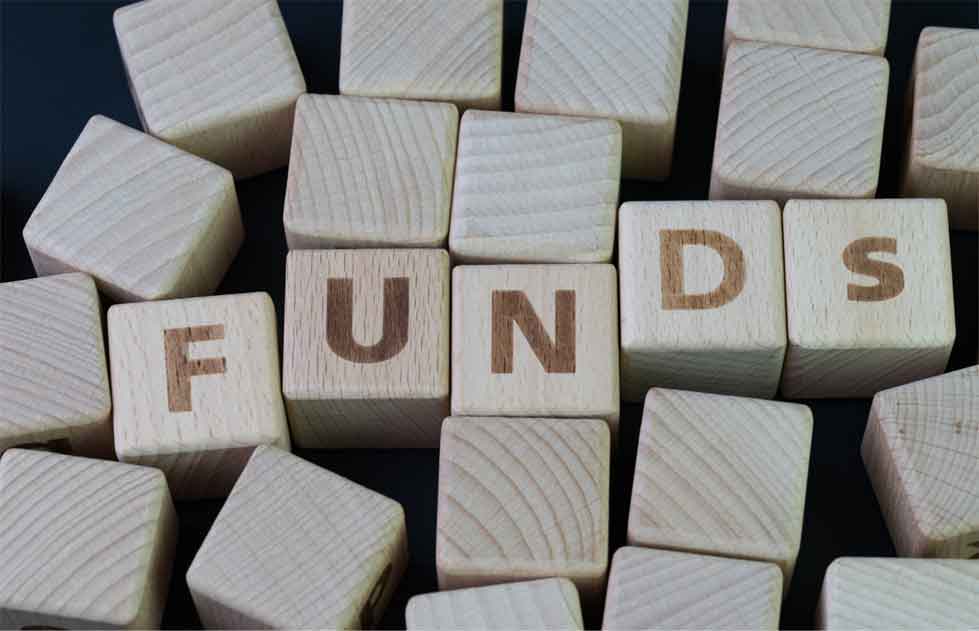
Forex futures can be a mix between Forex and futures markets. You can trade a specific futures contract for a determined exchange rate to be executed on a future date.
When trading the futures market, you are not limited to Forex, you can also invest in commodities, stocks, and even index in a kind of futures contract style.
The funded trader way
In that framework, the only you would need when trading futures is knowledge and capital. Sometimes, you don’t even need the capital, as trading platforms such as OneUp Trader provide funded trading programs where traders can be evaluated and then funded to trade with no capital and limited risks.
With the flexibility that exists across electronic platforms, you can adapt the trades’ size to meet your financial goals, no matter what industry you are in. It is important to have real strategic objectives and that what you trade can lead you to meet your targets.
With the right capital and the funded trading program, your trading career can have a whole new dimension.
Conclusion: Trading forex vs futures, what is the right asset for you?
An experienced trader can use both forex and futures simultaneously. While doing forex trading, you can monitor and try futures trading, familiarizing yourself with derivatives. Most of the electronic platforms offer both.
Using both will offer more instruments and more ways to profit. Markets are correlated, sometimes a lot, other times not so much, so even when trading forex, stocks, futures, or other instruments, risk management is critical.
A song by Bruce Springsteen says: “Now don’t try for a home run baby if you can get the job done with a hit.” It applies to trading, particularly when first trading with targets and looking and thinking about how much money you can make for your futures trading account.
Either futures vs Forex, don’t go for all, for that gigantic profit; you will likely end up hurting your account. In trading, practically there are no home runs, you have to go hit by hit. Sometimes you can bat with futures trading and other times with forex.
Extreme leverage allows you to go for home runs in trading forex or futures, be careful because not even the biggest baseball players or the greatest traders hit home runs all the time.



